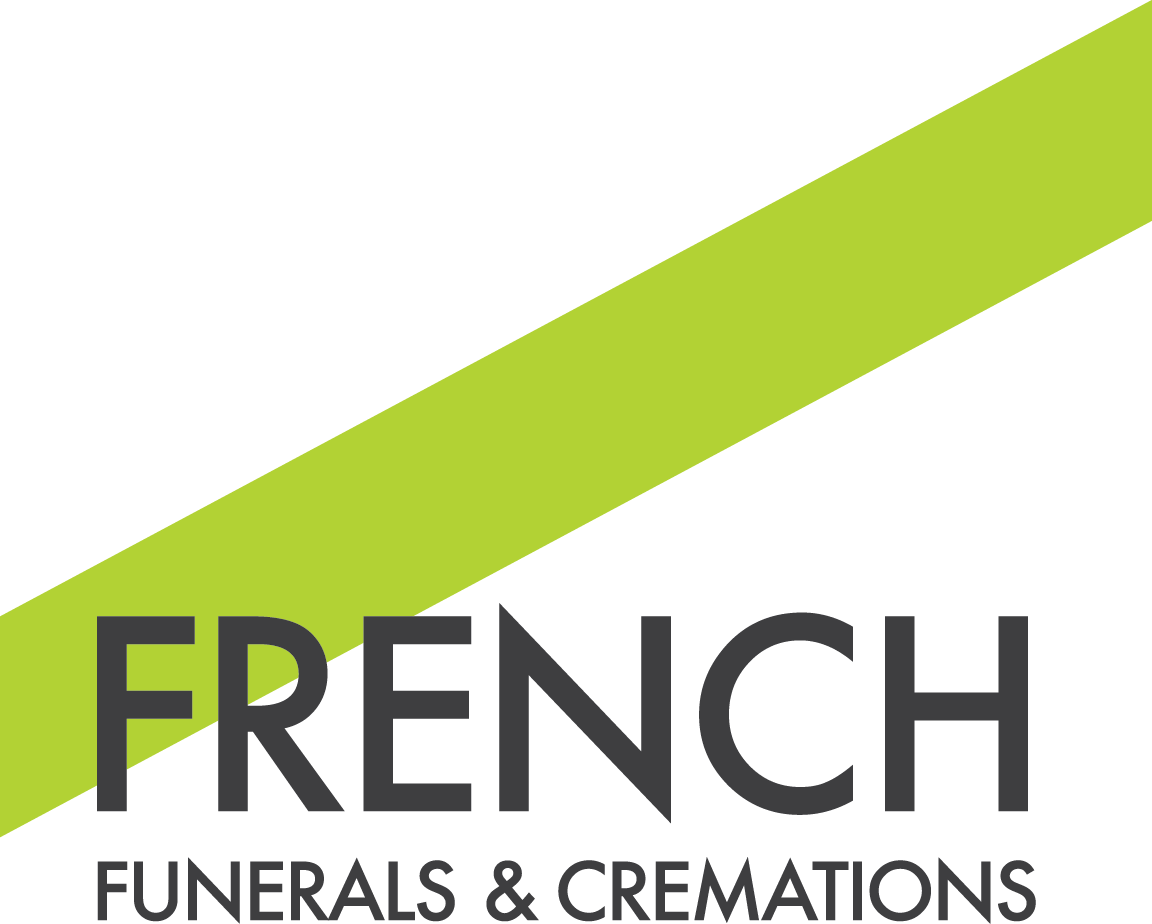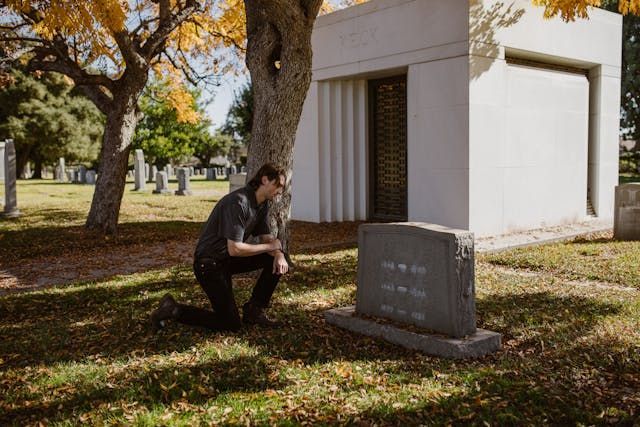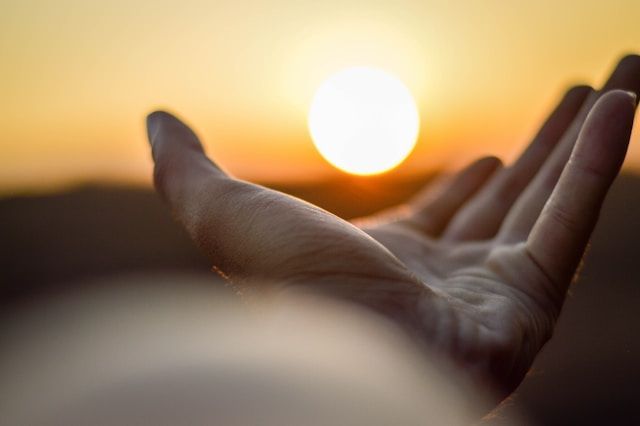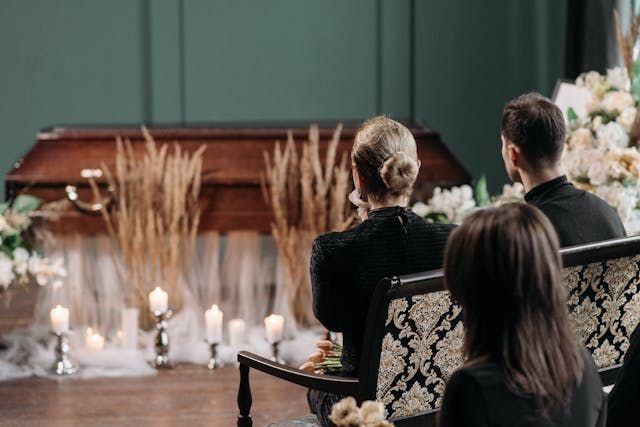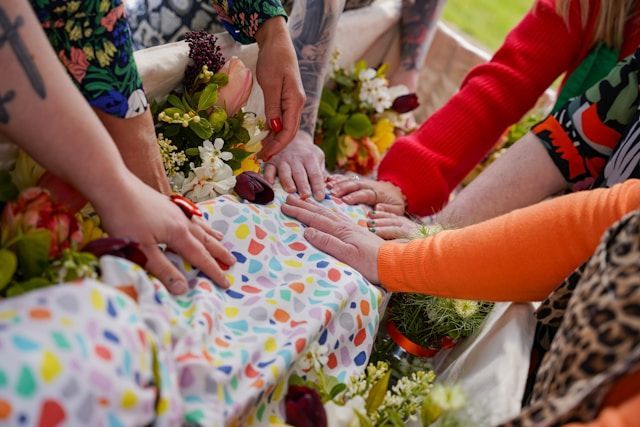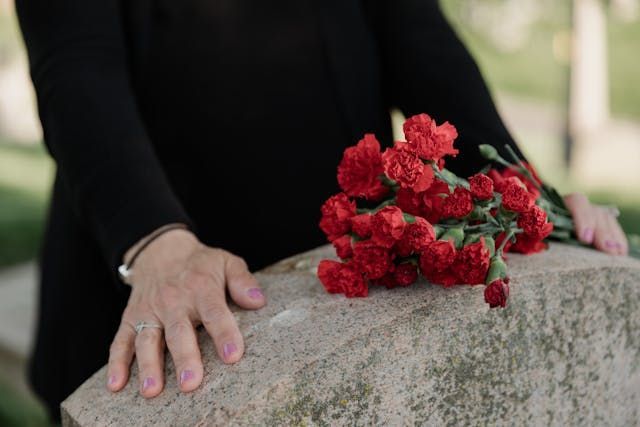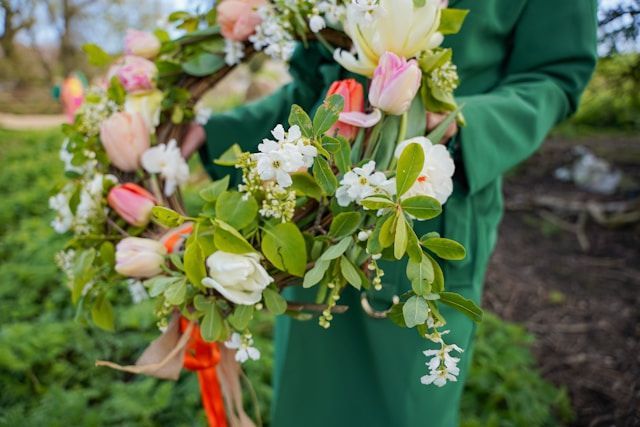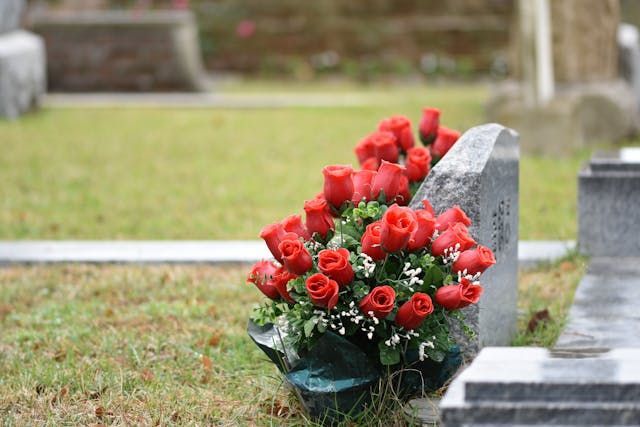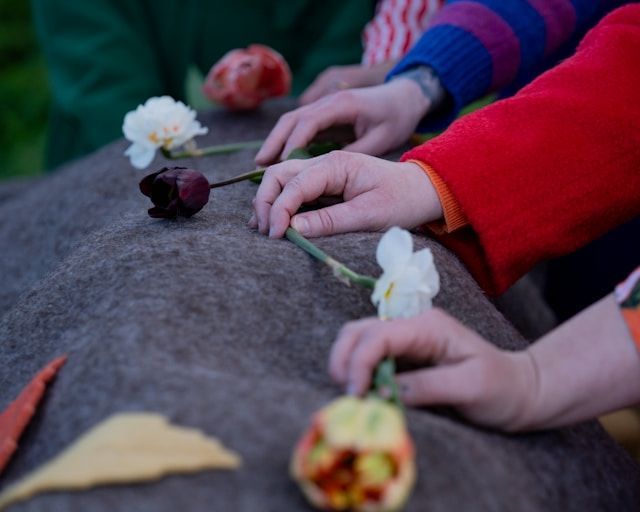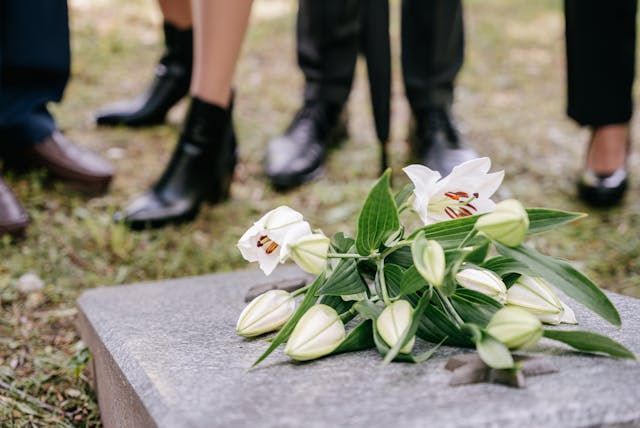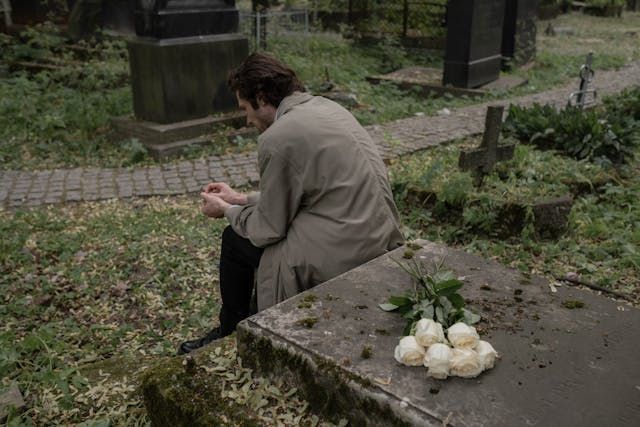Why Do More People Choose Cremation?
August 1, 2023
Why Do More People Choose Cremation?
In 2015, cremation overtook burial as the preferred method of disposition in the United States. Before that, burial had long been the more popular choice. However, if you look at history you’ll find that cremation and burial have continuously interchanged in favor throughout millennia and cultures. It wasn’t until Christianity began to sweep across Europe in the 8th and 9th centuries that burial became a widespread practice in Western cultures. According to the National Funeral Directors Association, the national cremation rate is projected to reach 80% by the year 2035.
Why has cremation now become the predominant choice? There are several factors that may account for the current shift in popularity.
1. Environmental Concerns
It’s a common belief that cremation is the more environmentally friendly method of disposition. The truth is, both burial and cremation are not without certain impacts on the environment. Traditional burials involve embalming chemicals and concrete burial vaults. Transporting the deceased to a crematory, chapel or cemetery creates carbon emissions. Traditional burials involve the use of wood and metal, while cremation requires the use of fossil fuels and emits carbon gas, and if the deceased had silver amalgam fillings, mercury gas can be released into the environment as well. Green burials help eliminate negative environmental impacts of ground burials, and cremation technology becomes increasingly eco-friendly. A funeral director can help walk you through your options so you can decide what is best for you or your loved one.
2. Cost
Another common belief is that cremation is a less expensive option than burial. Although direct cremation can be less expensive than burial, it really depends on the kind of services one elects to have. A family that chooses cremation can easily spend as much or more than a family who chooses burial. It depends on factors like venue, the number of attendees, catering, flowers, religious traditions, the type of urn or casket chosen, the funeral home or cremation facility, etc. Many factors go into the cost of burial services and cremation services.
3. Religion
As we stated before, the popularity of burial rose as more and more people converted to Christianity in Europe and later, in the Americas. Today, secularism is becoming more and more widespread. This can easily be seen with the correlations of cremation percentages and religious population from state to state. For example, in less religious Oregon, cremation rates are about 78%, while more religious Mississippi has a cremation rate of 26%.* Some religions, such as Hinduism, require almost everyone to be cremated after death, while others, like Islam, prohibit cremation. Catholicism allows for cremation but requires the cremated remains to be buried or interred in a cemetery or other sacred place.
What many people also don’t know is that you can be both cremated and buried. After cremation, you may choose to have your ashes buried in a plot in a cemetery. If you prefer to be laid to rest in a family plot, or with or next to your spouse, you can still choose to do so if you choose to be cremated.
4. The Gift of Time
Traditional burial requires that the deceased be embalmed and interred within a few days. Cremation can take place relatively quickly (with required legal paperwork and permissions, it’s usually about a week), and allows families more time to prepare a memorial service, space to grieve, and also gives out-of-state friends and family time to schedule flights and be able to attend services.
5. Ashes Provide Flexibility
Cremated remains, commonly referred to as ashes, can provide families with different options when it comes to what they want to do with their loved one’s remains. If more than one family member would like to keep some of the remains, or scatter them in different locations, cremation makes this possible. If a family needs to transport the remains across state or national lines, cremated remains make this a simpler and more affordable option. Cremated remains can also be kept and or scattered through a multitude of ways, including but not limited to jewelry, being sent to space or added to an ocean reef, buried in order to grow a tree, interred in a niche or columbarium, or even added to tattoo ink.
Cremation is a popular choice for families and is only getting more widespread. But that doesn’t mean it’s necessarily right for you or your family. The staff at French Funerals and Cremations have extensive knowledge about your options, and we are always available to walk you through them.
If you’d like to learn more about cremation or burial, call us at 505-843-6333.
We encourage families to plan a gathering not too long after a loved one is cremated, but we strongly believe that a gathering far after a death is better than no gathering at all.
